Crew 315 Operations Report 27-04-2025
SOL: 7
Name of person filing report: Michael Andrews
Non-nominal systems: Suit Chargers (In General), Catalytic Heater, ScienceDome Radio Charger, Shower Hose
Notes on non-nominal systems:
· (Unresolved from yesterday) It was noted that Suit #7 wasn’t charging on the first day of EVAs, but further diagnosis from the Commander has isolated the issue to the #7 charger. Today, I noticed that Suit 10’s battery (my suit!) had not charged overnight. I am bumping this up in priority to resolve tomorrow afternoon.
· (Bonus project) The catalytic heater near the exercise bike in the habitat does not work. It’s an engineering project to see if this can get properly started during this mission.
· (Unresolved from yesterday) The ScienceDome radio chargers do not work. Mission support mentioned how this is a known issue. Radios will be swapped between the two structures, and I will disassemble the charger tomorrow.
· (New Project): The Commander noticed that the shower hose was leaking and spraying excess water. He tightened it and resolved about 80% of the leakage, but I’d like to take apart the system and remove the other 20% with plumber’s tape.
ROVERS
Spirit rover used: No
Hours: N/A
Beginning charge: N/A
Ending charge: N/A
Currently charging: No
Opportunity rover used: No
Hours: N/A
Beginning charge: N/A
Ending charge: N/A
Currently charging: No
Curiosity rover used: Yes
Hours: 315.8 hours (0.7 hours used)
Beginning charge: 100%
Ending charge: 50%
Currently charging: No
Perseverance rover used: Yes
Hours: 331.0 hours (1.1 hours used)
Beginning charge: 100%
Ending charge: 39%
Currently charging: No
General notes on rovers: None
Summary of Hab operations: The team made egg cups for breakfast, apple cinnamon bread, and kanji with spam and glaze. Module 6 of the 100cameras project was completed. The team mainly stayed inside to weather out the day’s high winds.
Water Use
Time of measurements: 1945
1) Per formula: 24.51 gallons
2) Smart Home Dashboard: 30 galons
Water (static tank, remaining gallons): 278.80 gallons
Static tank pipe heater: No
Static tank heater: No
Toilet tank emptied (no or yes): Yes
Summary of internet: Used to complete reports, learn languages, share team photos via Google drive, researching projects, and complete professional work.
Summary of suits and radios:
· EVA 12: Suits 7, 10 and Radios 1, 4
· EVA 13: Suits 9, 10 and Radios 3, 4
Summary of GreenHab operations: The Crew Journalist watered the plants, harvested some chives, and set out soil samples to dry on the bench.
WATER USE: 8.0 gallons
Heater: On
Supplemental light: 1900-2200
Harvest: 20g chives
Summary of ScienceDome operations: The Crew Journalist worked on her desiccated soil experiment samples this afternoon and the Crew Artist used the ‘Dome for sketching and journaling.
Dual split: Off
Summary of RAM operations: not many operations as I did double-EVAs, but I do have quite a bit of engineering debt to focus on tomorrow afternoon, as mentioned by the off-nominal systems above.
· Tunnel Zip Ties: the recent high winds have worn down the tunnel components more than normal. 14 zip ties were consumed from the RAM to repair the tunnel, and snips were used to trip them to size. Future work is needed on EVA #14 to patch some pre-existing holes in the tarp with duct tape from both sides.
Summary of any observatory issues: None
Summary of health and safety issues: None
Questions, concerns and requests to Mission Support: I did notice that the electrical conduit in the airlock runs over the American flag that is painted on the wall. The conduit has some flexibility in it, and I would like to try to unbolt it from the wall and re-route around the flag so it’s not obstructed. I believe this can be done without pulling on the conduit or editing it. However, I would like to get alignment before I tried that.
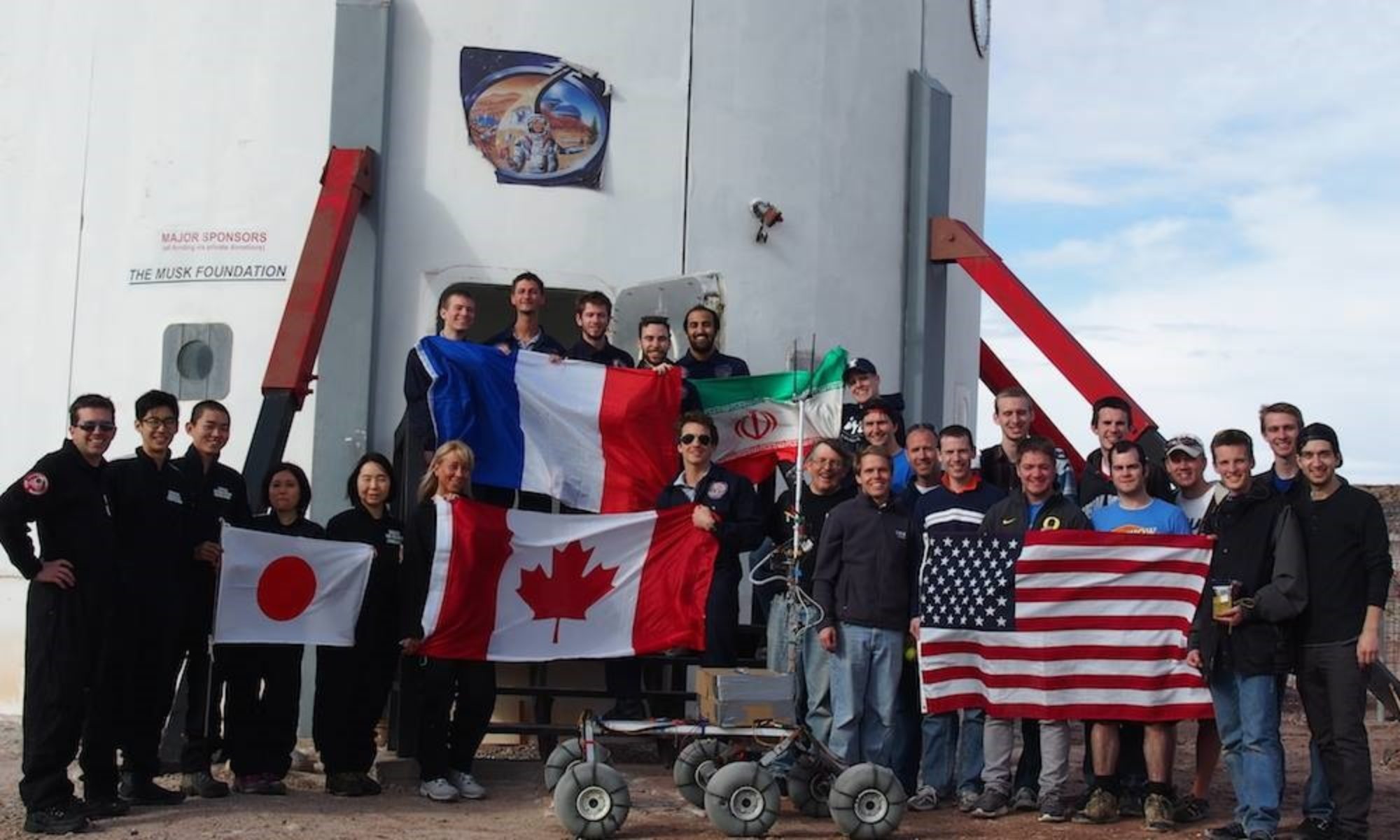
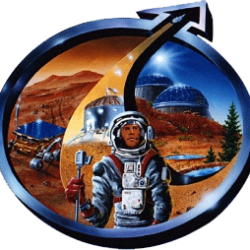

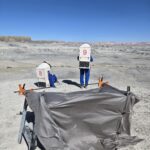
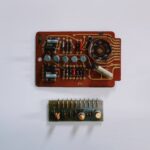
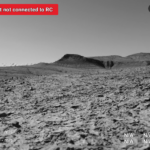
You must be logged in to post a comment.